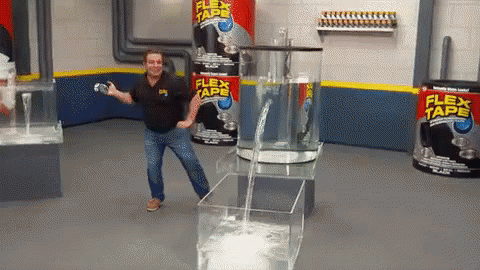“The Saturn actually had just one CPU at the beginning. Then Sony appeared with its polygon-based PlayStation. When I was first designing the Saturn architecture, I was focused on sprite graphics, which had been the primary graphics up to that point.
“So I decided to go with polygons (due to the PlayStation). However, there weren’t any people at Sega who knew how to develop such software. Of course, we had Yu Suzuki in the arcade department, but I couldn’t just drag him off to the console department. He was developing titles like Virtua Fighter and Virtua Racing. The expertise of all of the developers we had was in sprite graphics, so there seemed no choice but to go with sprites. Nevertheless, I knew we needed polygons. Using various tricks, adding a geometry engine and so on, I changed everything. In the end, just like the PlayStation, we had pseudo-polygons built on a sprite base. I felt no choice but to design a sprite-based architecture. Having said that, after some significant progress, pseudo-polygons did represent a “jump” in graphics in a certain way. There was a distinction of sorts. The processor was very powerful and could support 4,000, even 5,000 sprites, and I thought we could make the graphics work using a sprite engine after adding the Yamaha and such.
“It seemed like we were finally nearing completion. Then, the final PlayStation was revealed. It supported 300,000 polygons. Well, that was ultimately a bunch of lies, but… When you compared the Saturn with the PlayStation, we were completely missing something. The response that I chose was to add another SH processor, so we ended up with two SH-2s. By chance, the SH supported two-way cascaded data transfer. You could add a second processor and connect them in a cascade and get multi-CPU performance. When you get to about the PlayStation 3, multi-processors had become common, but the Saturn was the first home console to use multi-processors. So I added a second SH-2, but I felt that the ‘impact’ was still weak. Well, the SH-2 is a 32-bit processor, and we had two of them, so we could call the Saturn a 64-bit machine. It’s a dirty way of getting to 64-bits. But we revealed the CD-ROM-based Saturn using 64-bits as our sales point.”

